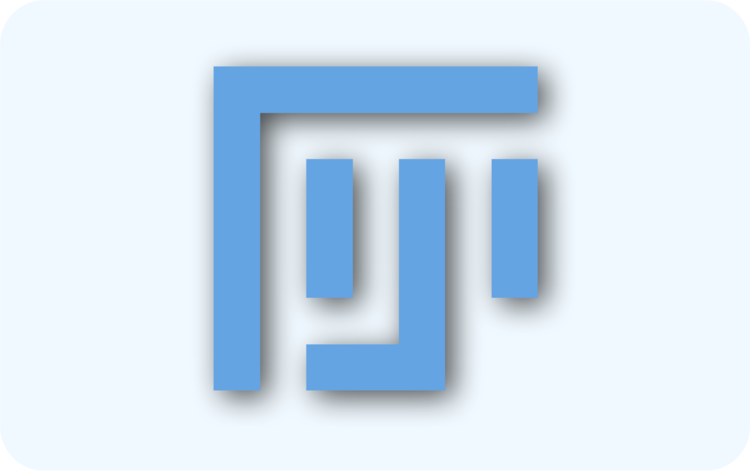
My name is Michael Nelson, and I am a graduate student studying at the University of Wisconsin–Madison, focusing on image analysis and microscopy.
Background
Michael, leaning against a fence above the California coastline. Photo courtesy of Diana Simons.
I grew up on the east coast, in central Virginia - so I had the chance to experience “weather” before moving out to southern California for college at Harvey Mudd (chemistry), and then my masters work at The Scripps Research Institute (crystallography, original SARS). Afterwards, I meandered into IT work for about a decade, followed by my recent focus on image analysis and, with the help of Brian Armstrong at City of Hope, microscopy. I am now attending graduate school yet again, this time aiming for a PhD in Biomedical Engineering, which will hopefully tie together a long line of education that can culminate in some real world good. Having background in everything from coding and chemistry to understanding complex biological systems in cancer and aging should allow me to provide solutions to a degree I have never been able to before - and UW Madison, with its strong collaborative environment, seems like just the place to do that.
And I will probably need to learn to deal with weather, yet again.
Open science is the key to the future
I operate at the intersection of image analysis, coding, biology, and microscopy. My introduction to image analysis came through QuPath and the amazing support provided by its author, Pete Bankhead. My continued experiences with both open and proprietary software, and the companies and groups that produce them, have led me to the conclusion that the way forward is truly open solutions where everyone is free to understand how the code works. Creating open solutions that are not only transparent but also easy to use is a lot of work, however. Implementing these solutions will require international collaborations and financial support. Several companies including RareCyte and ACDbio are looking into the use of QuPath to support their other products.
Openness and transparency go beyond "free" software, allowing different open programs to integrate into pipelines where each step of the process can be dissected and understood. Such pipelines will also increase the re-usability of scientific articles and the repeatability of results - speeding overall scientific progress and eliminating dead ends due to poorly chosen scientific experimental designs. I am proud to be a member of several QUAREP working groups striving to improve the openness, quality, and repeatability of microscopy experiments and their subsequent analyses.
Member of:
LOCI: Laboratory of Kevin Eliceiri at UW Madison
QUAREP: A worldwide group focused on light microscopy methods and standards, looking for more members!
JEDI: Joint Effort to Develop multiplex Immunofluorescence standards, a SITC multiplex analysis focus group
Webinar on multiplex image analysis hosted by Akoya
Download slides from webinar
Other (non-QuPath) open source projects and collaborations I support/follow.
COBA: Center for Open Bioimage Analysis
A collaboration between the Broad Institute and UW-Madison.
FIJI
FIJI is a continuation of the open source development of image analysis software that started with NIH Image, followed by ImageJ at the NIH.
Image.SC Forum
An excellent source of information about many different aspects of image analysis with sub-forums for a wide variety of open software packages.
Micro Manager
Open-source microscope control software - now controllable through PycroManager to allow control through Python scripting.
Contact Me
If you can’t find me in the lab, send me an email!
Want to Support this Website?
Donations are not required for, and will generally not influence responses :)
Website design and implementation assistance courtesy of Kaitlin Burge




